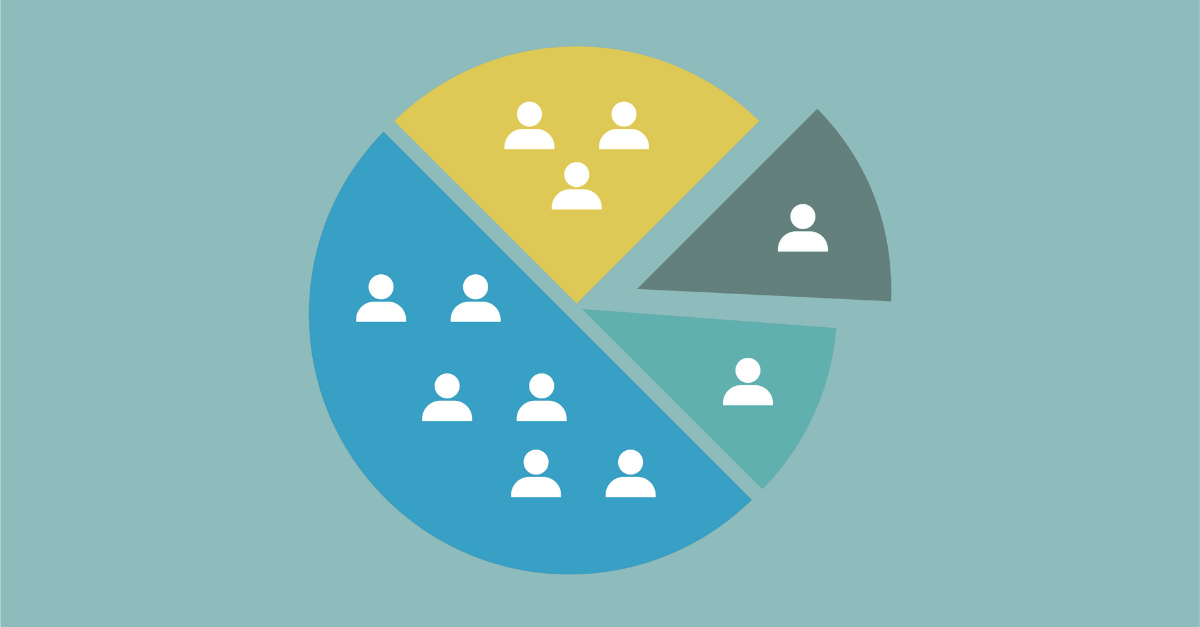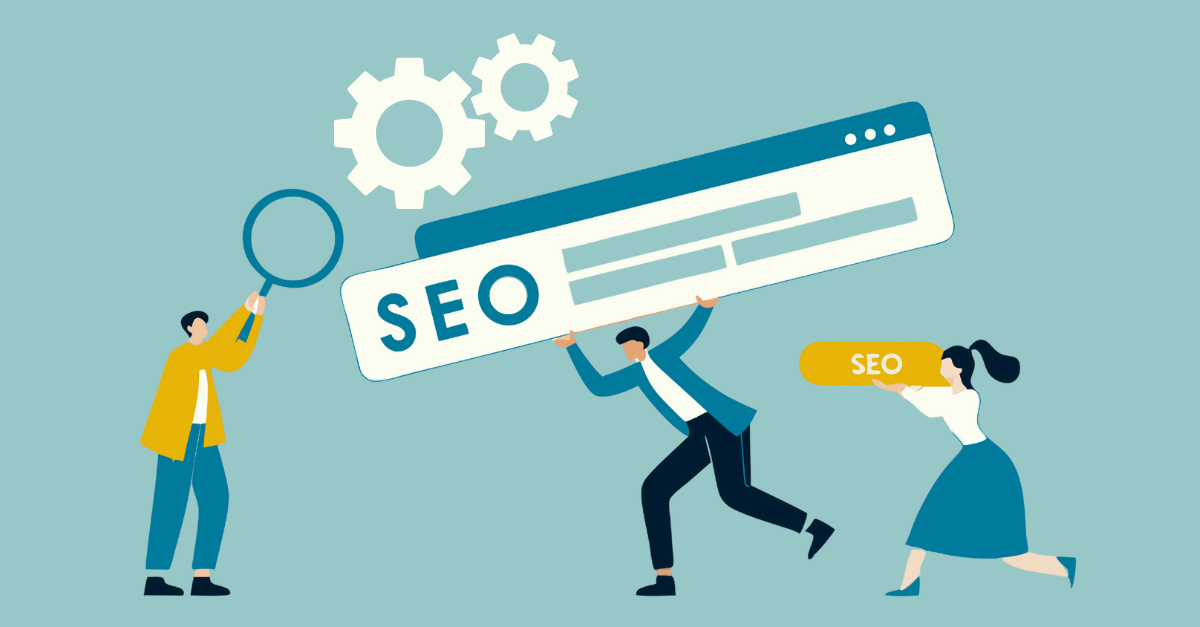Every year, the fourth quarter turns social advertising into a pressure cooker. Holiday promotions, year-end budgets, and heightened competition across industries are all vying for the same consumer attention. CPMs climb, CPCs surge, and inventory gets tighter by the day. Even brands that do not sell directly to consumers feel the ripple effect as audiences become saturated and algorithms prioritize higher-spend advertisers.
The real differentiator in this environment is not the size of your budget. It is the quality of your data and the agility of your strategy. At emfluence, we see it every season. Clients who invest in first-party and zero-party data consistently outperform those relying on broad targeting. When costs rise, clean, consent-based data is what helps brands stay efficient.
Why Paid Social Costs Spike in Q4
So why is Q4 so much more expensive? It is a perfect storm of demand and scarcity. Retailers and eCommerce brands dramatically ramp up spend during this window, but available impressions do not scale at the same rate. Unlike Search, your scale isn’t driven by intent but by audience, and the competition is every advertiser plus a dwindling attention span. As a result, ad auctions get crowded and costs soar. Meta’s own reports show the average price per ad in Q4 2024 rose by 14 percent year over year, and industry-wide studies have documented CPM increases of 50 percent or more during the holiday period.
The problem goes beyond retail. B2B, higher education, and even nonprofits see cost increases because social feeds are finite spaces. The algorithms that govern them also tend to reward steady, high spenders, meaning smaller or more cautious advertisers can end up paying more for less. Add in audience fatigue from repetitive holiday creative and an increasingly mobile-dominated environment, which now represents more than 80 percent of social ad spend, and the challenge becomes clear. Efficiency matters more than ever.
The Data Advantage: Turning First-Party and Zero-Party Insights into Savings
If rising costs are inevitable, what you can control is how well you know your audience. First-party and zero-party data are the antidote to inflated Q4 costs.
First-party data comes from the behaviors you observe, such as your CRM records, email engagement, website visits, and conversions. Zero-party data is what your customers intentionally share, like their preferences or purchase intentions through surveys or preference centers. Combined, these data types build high-intent audience segments that consistently outperform cold targeting.
With this kind of data foundation, you can allocate spend toward people who are most likely to act and away from those who are not. You can suppress unengaged segments, tailor messaging to real preferences, and improve your Cost Per Conversion even when Impressions are expensive. In our experience at emfluence, the brands that continually collect and refresh their first-party and zero-party data maintain steadier performance and healthier ROAS in Q4 than those chasing the broadest reach.
Smart Tactics to Stretch Your Paid Social Budget
Q4 success is not about avoiding higher costs. It is about managing them intelligently. Start by focusing on what you already own. Sync your most active CRM segments into your paid platforms, whether that is Meta, LinkedIn, TikTok, or Google. Prioritize your most engaged contacts, such as recent purchasers, frequent website visitors, and loyal email subscribers, and exclude inactive or low-value audiences. Even a modest improvement in targeting accuracy can yield significant savings in competitive auction weeks.
Timing also plays a role. While many advertisers concentrate spend in late November and early December, those weeks are among the most expensive of the year. Shifting a portion of your investment to earlier in the quarter or even immediately after the holidays can reduce CPMs without sacrificing visibility. Monitor performance daily and reallocate budget dynamically as competition spikes.
Retargeting and retention strategies are your next best allies. When costs rise, aim for familiarity. People who have already interacted with your brand, clicked an ad, opened an email, or visited your site will convert at a higher rate, even with elevated impression costs. Lookalike audiences based on these engaged users can also outperform broader demographic targeting.
Creative fatigue is another hidden cost driver. Audiences exposed to the same ad multiple times stop noticing it, which drives up your effective cost per engagement. Frequent creative refreshes help maintain relevance, but that does not mean you need to rebuild from scratch. Small changes, new CTAs, updated visuals, or seasonal overlays can extend the life of high-performing ads. AI-driven tools can help test variations faster, but creativity and authenticity remain key.
Finally, remember that paid social does not operate in a vacuum. As CPMs climb, your owned and earned channels, including email, organic social, and your website, become vital in amplifying your paid efforts. The best Q4 strategies use these channels together. A well-timed email can prime engagement, a retargeting ad can nudge conversion, and a personalized landing page can close the deal. This orchestration helps lower your cost per conversion even as paid placements become pricier.
What’s Next: Ads Meet Generative AI
As if Q4 competition were not enough, the paid media landscape is about to evolve again. Generative AI platforms such as ChatGPT, Google’s AI Overviews, and Meta AI are beginning to experiment with native advertising placements. That means your paid messages may soon appear directly within AI-generated content or conversational responses.
This shift underscores the importance of high-quality data even more. As privacy frameworks tighten and AI systems rely on intent and context, marketers with robust first-party and zero-party datasets will have the edge. These data sources will fuel the algorithms that determine which brands appear in AI-driven recommendations. The takeaway is to start preparing now. Strengthen your data collection practices, maintain consent clarity, and test attribution models that account for AI-driven discovery.
At emfluence, we are already helping brands connect their CRM, paid media, and owned content strategies to prepare for this future. The same principles that stretch your Q4 budget today will help you adapt to tomorrow’s AI-powered ad environments.
Closing Thoughts
There is no avoiding it: Q4 is expensive. But with the right strategy, it does not have to be inefficient. Brands that prioritize high-quality first-party and zero-party data, refresh their creative intelligently, and integrate paid and owned efforts can thrive even in the most competitive season.
If you are ready to maximize your Q4 spend or to build a stronger data foundation for next year’s campaigns, let’s talk. The emfluence team is here to help you make every impression count, no matter how high the CPMs climb. Reach out to us at expert@emfluence.com.



